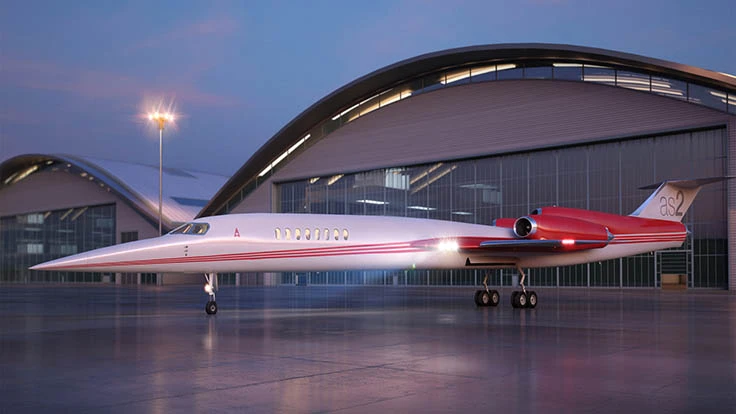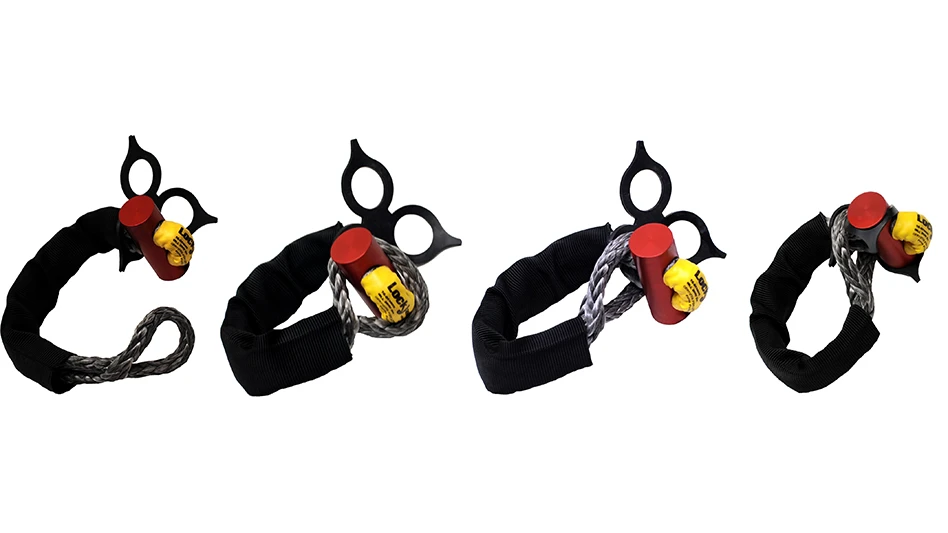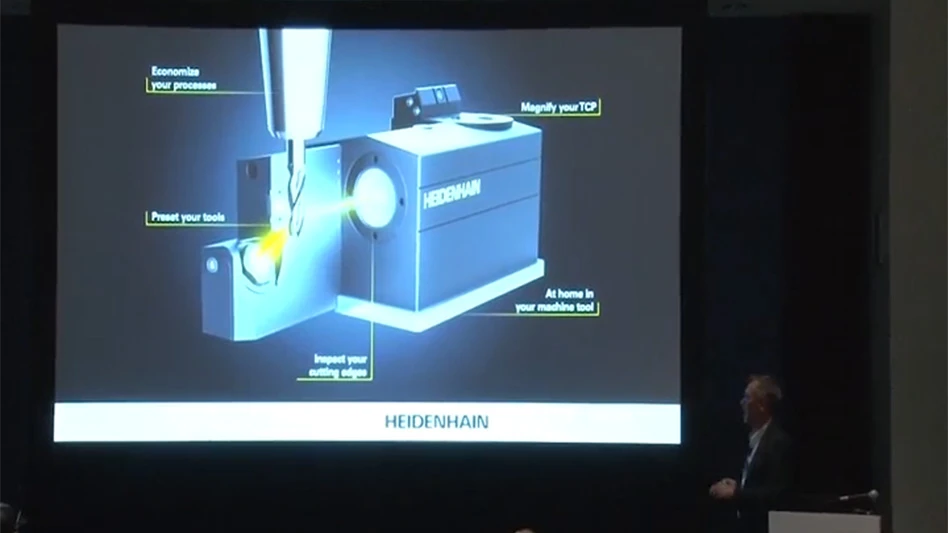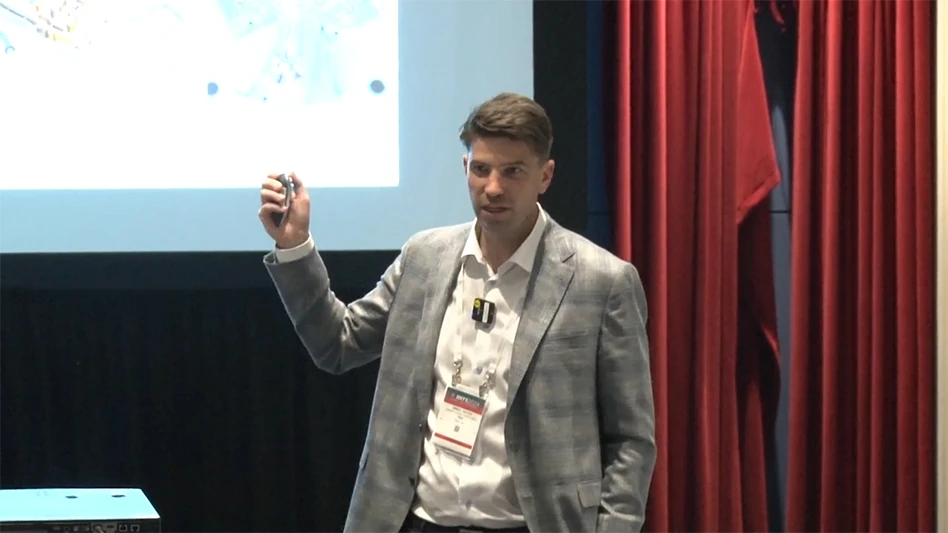
After two years of preliminary study, Aerion Corp. of Reno, Nevada, and GE Aviation have launched a formal process to define and evaluate a final engine configuration for the AS2 supersonic business jet.
The two companies will continue to participate in a formal and gated process to define a potential collaboration for an AS2 engine.
"We have thoroughly evaluated more than two dozen civil and military engines from all leading engine producers during the past two years and believe that working with GE Aviation will help us meet the challenging specifications needed to meet our performance objectives, as well as the high expectations of our customers," said Aerion CEO Doug Nichols.
Brad Mottier, GE vice president and general manager for Business and General Aviation & Integrated Services added: "Aerion sees an opportunity to pioneer a new segment in business aviation and more broadly for civil aviation. Their goal is to design and certify the first civil supersonic aircraft in half a century. We welcome their vision and are excited to continue discussions on engine configuration."
"After more than a decade developing efficient supersonic technologies, Aerion is focusing its efforts on assembling an industrial collaboration to bring a supersonic business jet to market," Nichols said. "The challenges for Aerion are no longer technological," he added. "Aerion has developed a vast body of supersonic test data relevant to improving the efficiency of high-speed flight. Our confidence in the aerodynamics and performance of the AS2 is very high, borne out by extensive subsonic and supersonic wind tunnel tests, and by flight testing of natural laminar flow airfoils on NASA's F-15B at speeds up to Mach 2.
"We have converged on a preliminary design for aerostructures and for systems architecture through our collaboration with Airbus Defence & Space. And we are working with GE Aviation to define and evaluate a final engine configuration. We have an aircraft design that can be certified and operated under today's regulatory regime and under the rules likely to govern supersonic aircraft for many years to come.
"Aerion has devoted nearly 15 years to this endeavor. We've done our homework, and that makes us confident that we will create the industrial relationships necessary to bring the AS2 to market."
The 12-passenger AS2 has a maximum operating speed of Mach 1.5 over water and land masses where supersonic speed is permitted, and up to Mach 0.99 where required by regulation to fly subsonically over land.
In 2014, Aerion entered an engineering collaboration with Airbus Group to develop the AS2. In November 2015 Aerion conducted wind tunnel tests at speeds up to Mach 1.5 at Canada's National Research Council trisonic wind tunnel in Ottawa, validating Aerion's CFD predictions regarding stability and control at high speed. Also, the company that month announced a fleet order from Flexjet for 20 AS2 aircraft. Aerion expects the AS2's first flight in 2023 and certification in 2025.
Latest from Aerospace Manufacturing and Design
- Molex to acquire AirBorn
- Nano Dimension's Exa 250vx digital light processing (DLP) 3D printer
- IMTS 2024 Booth Tour: Fagor Automation Corp.
- How Robotics and Automation are Transforming Manufacturing
- Wichita State’s NIAR delivers fiber metal laminate test panel to FAA
- Walter's PCD milling cutters
- IMTS 2024 Booth Tour: Marubeni Citizen-Cincom, Inc.
- Mazak celebrates 50th anniversary in Kentucky





